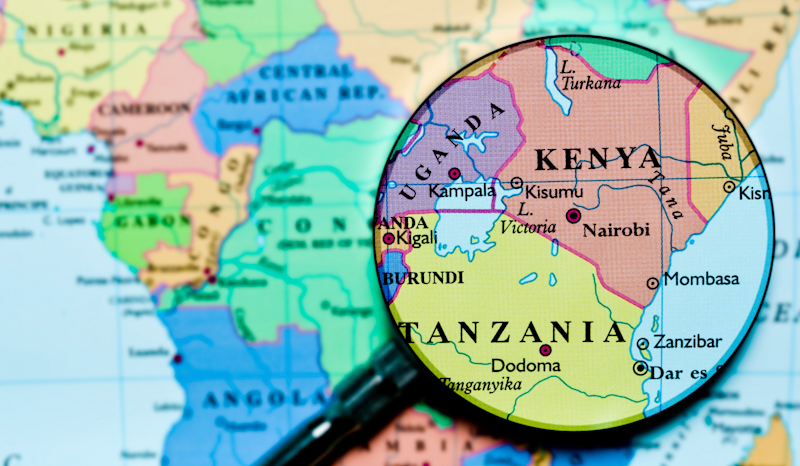The East African Community (EAC) is one of the leading regional economic organizations in sub-Saharan Africa.
It has made great strides in recent years toward integrating the economies of its member states.
The EAC has established a free trade area and a customs union and is working towards a common market, making it a closely watched economic bloc in Africa.
After the negative impact of Covid-19 throughout 2021, the East African economy appears to be bouncing back. According to a recent African Development Bank report, the region’s economic outlook looks bullish.
The 13 countries that make up the Eastern Africa region are projected to record an average growth of 4.9% this year, up from 0.4% posted in 2020, driven by sustained public spending on infrastructure, improved performance of agriculture, a shift towards a more service-orientated economy and deepening regional economic integration.
Major economic sectors driving economic growth in East Africa are agriculture, financial and business services, trade and tourism, and manufacturing. Agriculture products include coffee, sisal, tea, cotton, pyrethrum, cashew nuts, tobacco, cloves, corn, wheat, cassava, bananas, fruits, vegetables, cattle, sheep, and goats.
In the financial services sub-sector, forex trading is emerging as a growing segment propelled by increased internet penetration.
However, Kenya’s real GDP growth is expected to lag behind the performance of its East Africa Community partners except for Tanzania and Burundi, according to projections by the African Development Bank (AfDB).
Key factors holding back Kenya’s growth include rising inflation. AfDB’s annual Africa economic outlook report for 2022 shows that Kenya’s GDP is seen to slow down to 5.7% in 2023 from 5.9% this year, the third lowest within the seven-member bloc.
The outlook shows that Rwanda will retain the fastest GDP growth in 2023 at 7.9%. Both the Democratic Republic of Congo (DRC) and South Sudan are at 6.5%. Tanzania at 5.6%, Uganda at 6.2%, Kenya at 5.7% and Burundi at 4.6%.
The projected GDP performance for 2023 means that Kenya will be overtaken by Uganda and South Sudan for the fifth position.
The AfDB’s economic projections for the current 2022 financial year show that Rwanda is expected to post the strongest GDP growth within the EAC this year at 6.2%.
Still, East African countries face hurdles on the road to recovery from the effects of the Covid-19 pandemic. Some of the challenges include public debt, mounting rising inflation, falling revenue collections, weakening currencies, and the Russian invasion of Ukraine. East Africa’s situation is compounded by rising political temperatures in Kenya ahead of the 9th August 2022 General Election.
According to the Uganda Central Bank, for instance, private sector credit growth remains weak and below historical trends despite the full reopening of the economy in January. Uganda’s provisional total public debt stock stood at Ush74.43 trillion ($20 billion) in February 2022, a 16.3% increase from 2021.
Kenya is seeing a fragile recovery, largely due to the high cost of living from increased food and fuel prices, high debt, corruption by state officers, election jitters and the weakening shilling, which has fallen to a record low of Ksh116 to the dollar.




